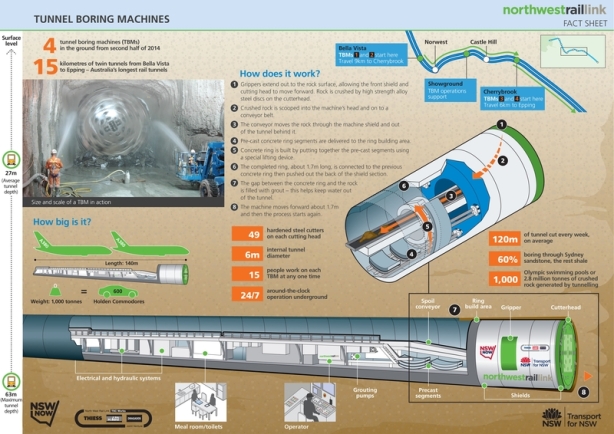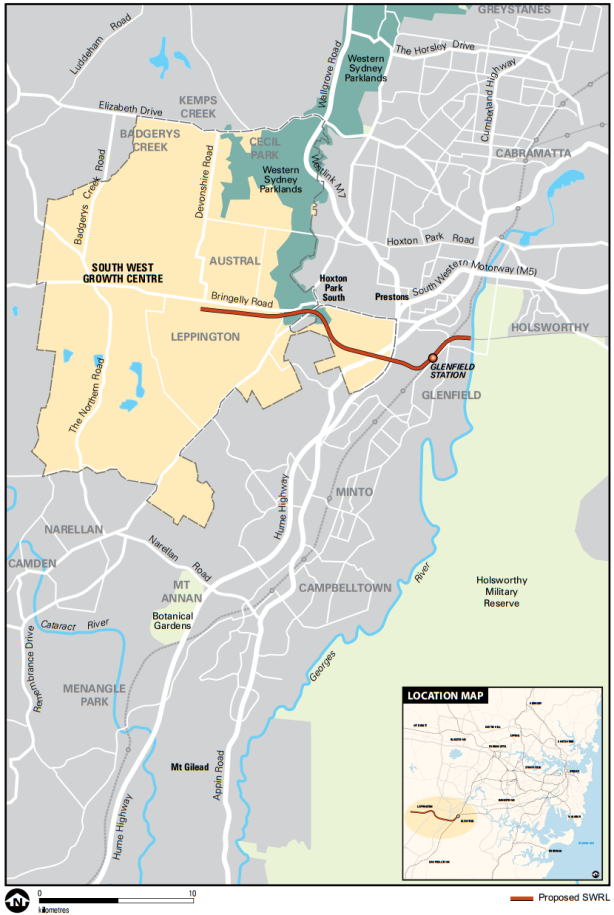VIDEO: Man races a train to the next stop
Tuesday: Parking minimums for new developments scrapped
New developments near transport hubs in and around the inner city will no longer be required to include parking spaces as part of government reforms to planning laws. Including a parking space can add an additional $50,000 or more to the cost of a unit, with the changes designed to allow inner city residents who do not need or want a parking space from being forced to pay for one. Developers can still choose to include parking spaces, should market demand for them exist. Opposition to the plan prevented it from being extended to outer suburban locations, with critics worried that it would result in cars spilling over into streets and using up the limited amount of available on-street parking in the inner city.
Tuesday: Replacement Epping to Chatswood Line bus routes announced
Five indicative bus routes have been identified which will run while the Epping to Chatswood Line is shut down during 2018 and 2019. The line is being upgraded as part of the North West Rail Link and will not operate for 7 months. During this time, additional bus services will operate to connect the T1 Northern Line and T1 North Shore Lines that are currently linked by rail between Epping to Chatswood.

5 bus routes will replace the Epping to Chatswood Rail Link in 2018 and 2019 during the 7 months that it is being upgraded as part of the North West Rail Link. Click to enlarge. (Source: Transport for NSW.)
Thursday: Registration of Interest for Maldon to Dombarton Line opens
Update: Northern Line added (10:52PM, 28/09/2014)
The NSW Government has called on private sector investors to show their interest in building and operating the 35km Maldon to Dombarton Rail Line. The freight line would connect Port Kembla in Wollongong to the Southern Sydney Freight Line, potentially removing freight trains from the T4 Illawarra Line that currently travel via Sutherland to reach Sydney from Port Kembla. This could mean a completely segregated freight and passenger rail network in metropolitan Sydney outside of the Western Line and Northern Line, much of which consists of 2 pairs of tracks and can better handle disruptions to passenger services caused by broken down freight trains, while also allowing more freight to operate during the busy commuter peak hour during which curfews are in place for freight trains on much of the passenger network.
Construction on the Maldon to Dombarton freight line began in 1983 but was never completed due to an economic downturn and the forecast growth in coal traffic not eventuating.
Saturday: Rail line building plan to be scrapped
Plans to build high rise buildings close to the CBD by utilising the airspace above the rail line between Central and Redfern Stations looks set to be abandoned. The plan has proven to be too risky and too expensive. This made it unlikely that the private sector would be willing to bear the risk of the project, leaving the Government the risk burden. The plan, which would also contain a redevelopment of industrial areas on either side of the rail line near Redfern, had been compared to Barangaroo in size and scale.









